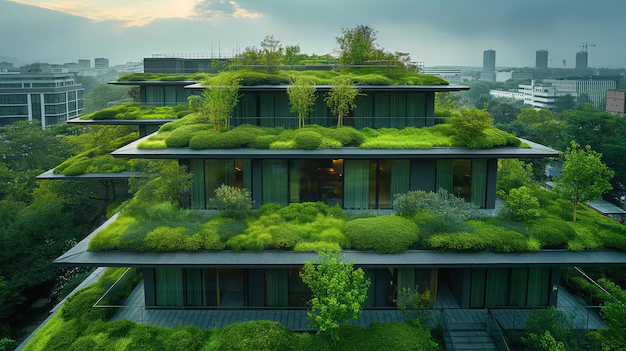The escalating frequency of extreme weather events has reevaluated the role of architecture in protecting lives and assets. Resilient and climate-responsive design in 2025 means every building is planned not just for style or ergonomics, but for survival. Floods, wildfires, cyclones, and unprecedented temperature swings are now primary constraints in architectural blueprints.
Climate-resilient architecture involves rigorous site analysis, leveraging cutting-edge climate modeling software to predict future risks. Buildings are raised, floodable ground floors are integrated, and stormwater management becomes a core design parameter. Architects are embracing green roofs and bio-walls for their dual benefits—they moderate temperatures and improve air quality while providing crucial stormwater absorption.
Next-generation insulating materials, fire-resistant cladding, and impact-resistant glass are staples in new construction. Passive design features like solar shading, natural ventilation, and rain harvesting blend seamlessly with technology—automated window shades, climate-aware HVAC systems, and emergency energy storage. The goal is comfort in every season, with operational continuity even during disasters.
These projects actively contribute to community resilience: schools that double as evacuation shelters, homes that remain habitable during power outages, and offices that serve as command centers in emergencies. The result is architecture that does more than shelter—it defends, supports, and adapts.



